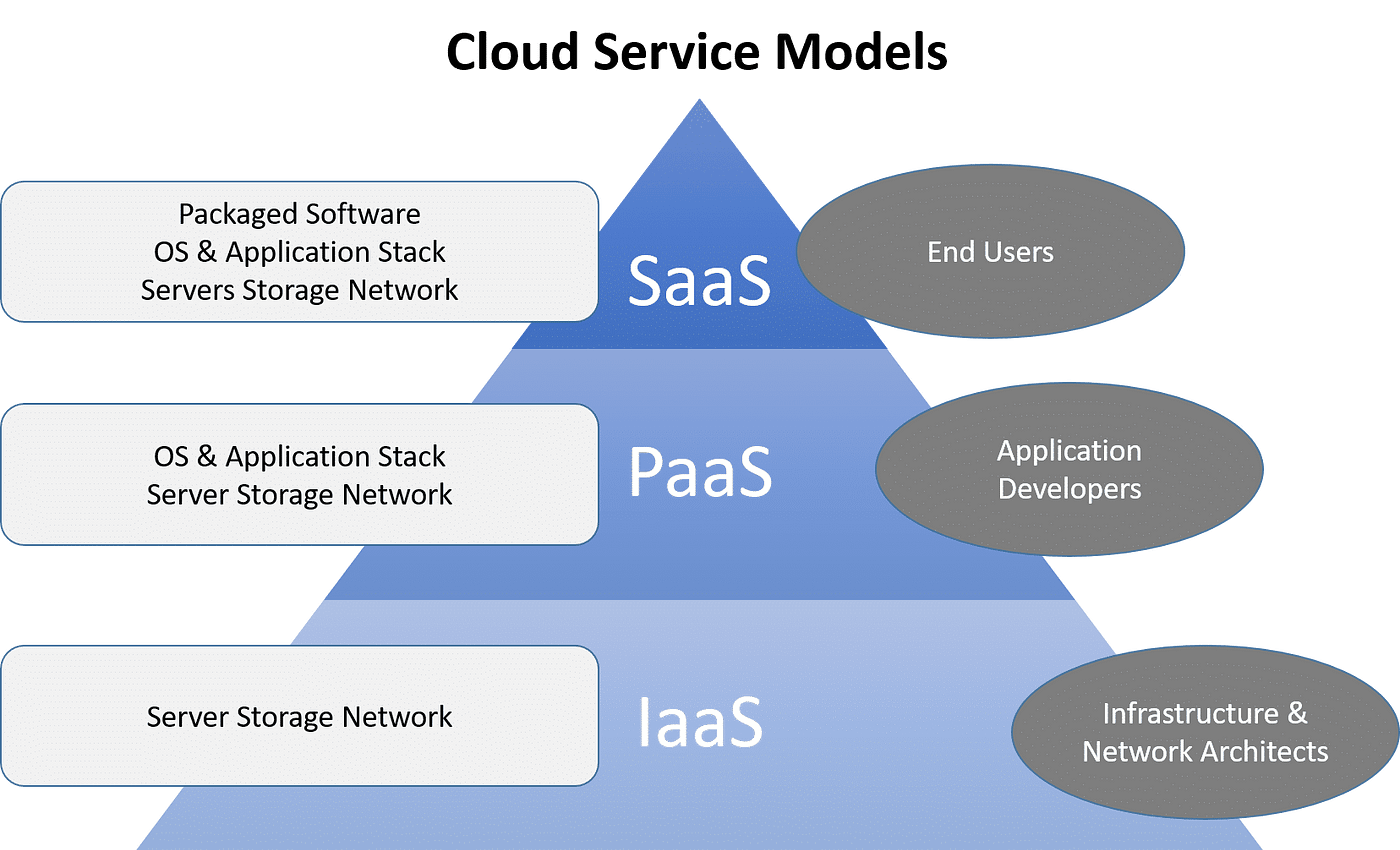Simplify Your Infrastructure With Cloud Solutions
As companies browse the ever-evolving landscape of modern technology and information monitoring, the duty of cloud services in streamlining infrastructure has actually come to be increasingly prominent. How can companies successfully browse this transition and genuinely unlock the potential of cloud solutions for simplifying their framework?
Advantages of Cloud Services
Cloud services provide a structured approach to managing IT facilities, supplying services with cost-efficiency, flexibility, and scalability. One of the essential benefits of cloud services is the scalability they supply.
Additionally, cloud solutions eliminate the need for companies to purchase pricey software and hardware. This cost-efficiency is a significant benefit, particularly for little to medium-sized ventures seeking to lessen upfront costs. By utilizing cloud solutions, businesses can access high-quality IT resources without the substantial price connected with standard infrastructure configurations.
In addition, cloud services supply businesses with the versatility to access their information and applications from anywhere with a net connection. This level of access enhances collaboration amongst groups, enables remote job, and enhances total efficiency. The adaptability used by cloud services equips organizations to adjust swiftly to altering market conditions and customer demands.
Expense Savings and Scalability
Along with the operational benefits highlighted previously, the assimilation of cloud services into a company's infrastructure yields significant price savings and improved scalability. Cloud solutions provide a pay-as-you-go model, enabling businesses to range resources up or down based on present demands, thus preventing the prices linked with maintaining excess capacity. This versatility makes it possible for firms to adapt rapidly to rising and fall demands without incurring unneeded expenditures.
Furthermore, cloud services get rid of the demand for in advance financial investments in hardware and software application, lowering funding expenditures. Overhead are additionally decreased as business no longer need to take care of and keep physical web servers, causing lower energy consumption and IT staffing costs. In addition, cloud solutions supply automatic updates and maintenance, making certain that the facilities remains current and safe without needing hands-on interventions.
Boosted Safety Steps
Implementing stringent protection procedures is critical when integrating cloud solutions into a company's infrastructure to make sure and safeguard sensitive data compliance with industry policies. Cloud solution carriers offer enhanced safety attributes such as information encryption, firewall software defense, and multi-factor verification to mitigate cybersecurity risks. Security helps secure information both at rest and en route, guaranteeing that only accredited users can access delicate info. Firewalls serve as an obstacle in between outside hazards and internal networks, tracking and regulating incoming and outward bound network website traffic. Multi-factor verification adds an added layer of security by needing customers to provide numerous forms of confirmation before accessing the cloud services.
Moreover, regular security audits and conformity evaluations aid guarantee and recognize susceptabilities adherence to market standards. Firms can likewise take advantage of functions like automatic safety and security updates and real-time risk monitoring provided by cloud service companies. By focusing on safety and security measures and staying positive in addressing content possible dangers, companies can confidently utilize cloud services while securing their useful information from unauthorized access or violations.
Transitioning to Cloud Framework
To effectively integrate cloud solutions right into a company's infrastructure, a structured approach that resolves the change in the direction of cloud-based remedies is critical. Transitioning to shadow facilities involves mindful preparation and execution to make certain a smooth movement process. The initial step is to analyze the current infrastructure and figure out which systems and applications appropriate for migration to the cloud. This analysis should consider elements such as data level of sensitivity, conformity needs, and efficiency demands.
When the analysis is full, a migration method need to be created. This approach should outline the timeline, sources, and duties for relocating each part to the cloud. It is important to connect this strategy clearly to all stakeholders to guarantee alignment and minimize disruptions during the transition.
During the migration process, monitoring and screening are critical to recognize and deal with any concerns immediately. Regular checkpoints need to be established to track progress and make needed modifications. Additionally, training for staff members on find utilizing cloud services must be offered to ensure an effective transition and make the most of the benefits of the brand-new facilities.
Ideal Practices for Cloud Adoption
Effective adoption of cloud solutions depends upon the critical positioning of organization goals with technological abilities and organizational preparedness. To make sure a smooth transition to the cloud, companies need to begin by conducting a thorough analysis of their present framework and determining which work are best fit for cloud migration. It is essential to entail key stakeholders from various departments in the decision-making procedure to get buy-in and deal with any type of concerns beforehand.
One more best technique for cloud adoption is to focus on security and conformity. Organizations must meticulously assess the safety and security steps provided by cloud service carriers and ensure that their data is safeguarded according to market criteria and governing requirements. Executing durable information security, accessibility controls, and regular safety audits can assist alleviate threats connected with cloud adoption.

Conclusion

As businesses navigate the ever-evolving landscape of modern technology and data monitoring, the function of cloud solutions in simplifying facilities has actually ended up being significantly famous - cloud services press release. Exactly how can services successfully browse this change and absolutely unlock the capacity of cloud solutions for streamlining their facilities?
Cloud solutions supply a streamlined method to managing IT facilities, offering organizations with flexibility, scalability, and cost-efficiency. By making use of cloud services, organizations can access high-grade IT resources without the hefty rate tag associated with standard facilities arrangements.
To make certain a smooth shift to the cloud, organizations should start by performing a comprehensive assessment of their current infrastructure and identifying which work are best matched for cloud movement.